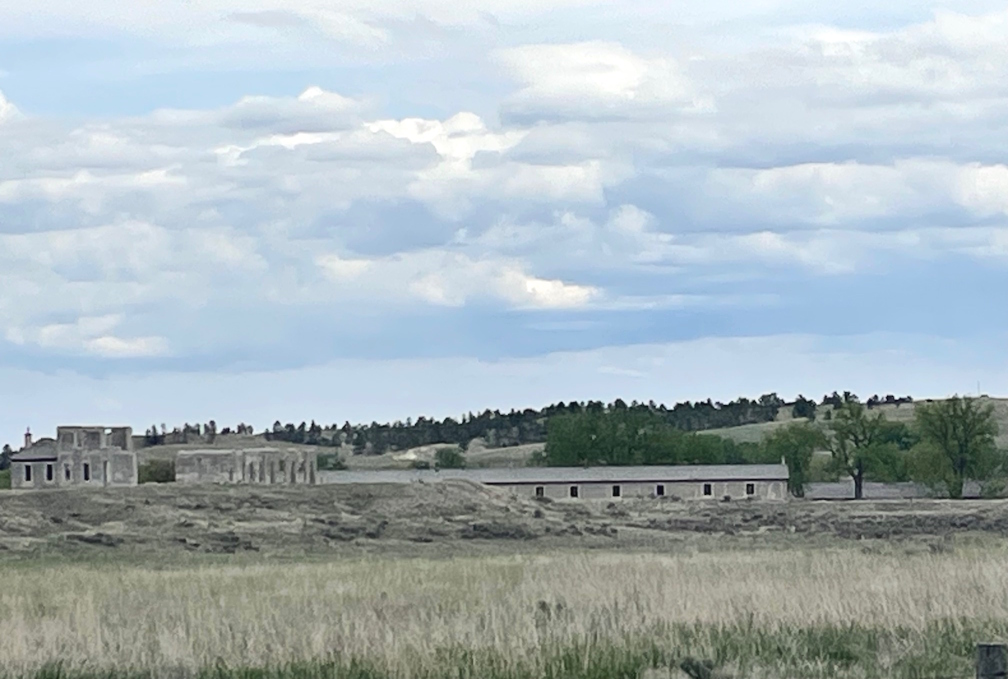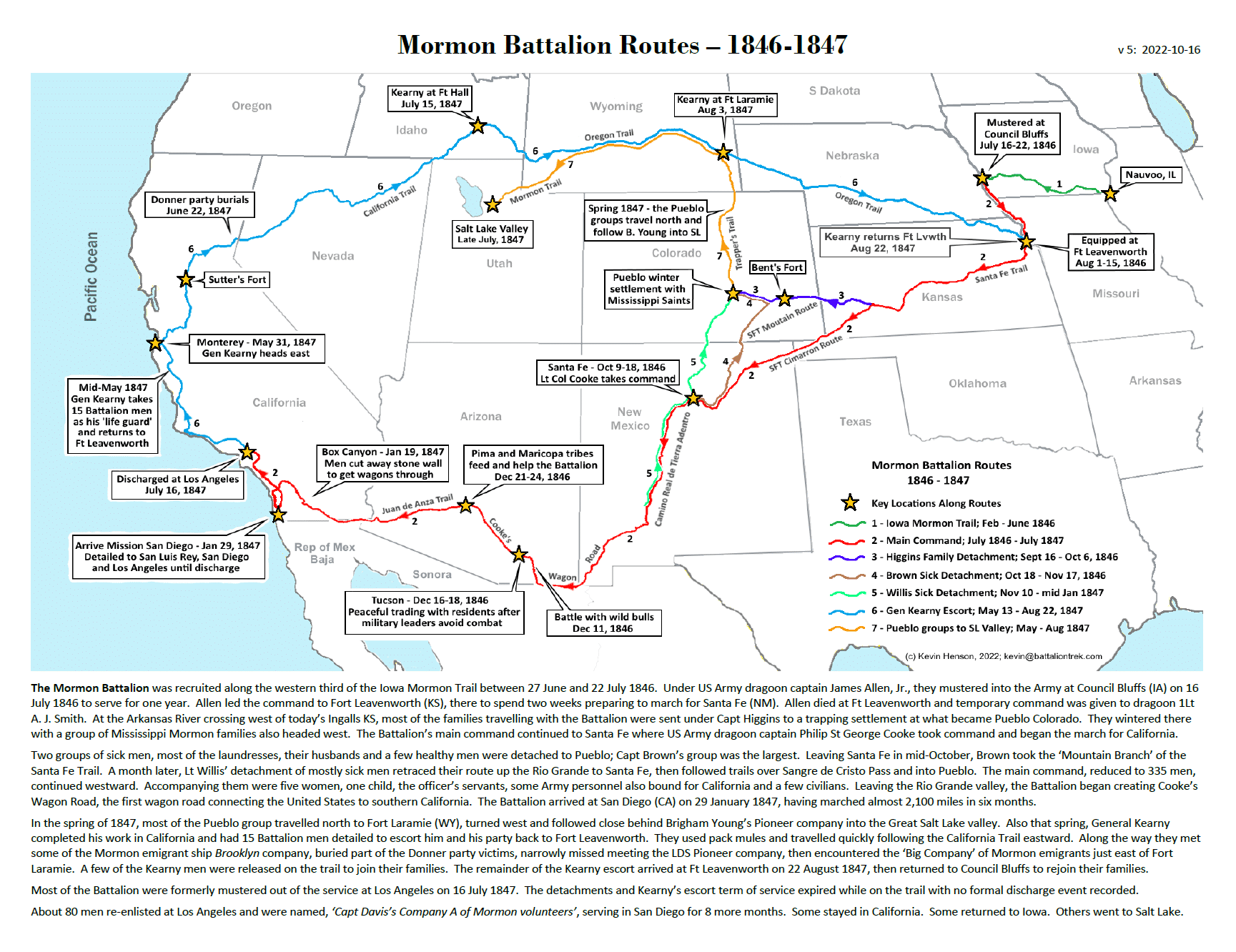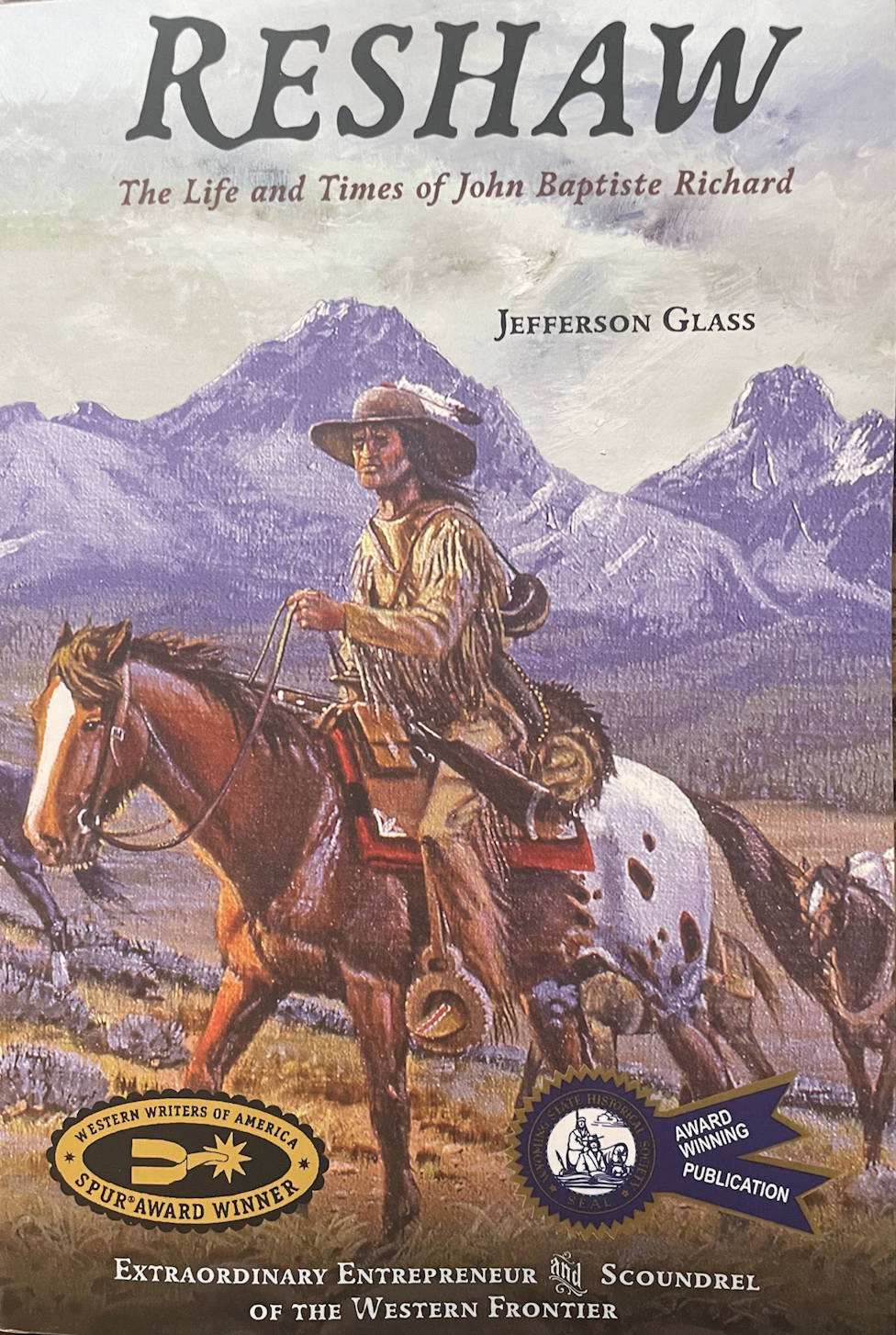Kevin – Thursday. Against the wind, Denny was biking against the wind. Slower now but still biking against the wind. I decided we should skip yesterday’s biking distance. It was basically a slow downhill from Hawk Springs to Torrington where yesterday we sought refuge from the field mice. Nothing of particular interest that would justify biking it after losing a day out of our schedule. It’s an executive decision.
As I sat at the table this morning, I thought I felt something on my leg and brushed at it. One gets a tad jumpy after finding ticks and mice. Probably my pajamas. As an aside, we hear that Mormon Crickets have invaded Utah. Mosaic plagues all around?
Denny wanted to bike, and today we were supposed to bike about 20 miles to Fort Laramie National Historic Site. However, the wind, it was a-howlin’. It had to be about 18 mph sustained with gusts higher. Denny insisted on starting. It was a flat piece of Sugar Factory Road just south of the North Platte River. I drove west a short piece to a place where the wagon trail would have been close to the base of a hill. See Denny’s blog entry for her first-person account.
First we stopped by the local historical center. Nope. It was closed for a family emergency. I made calls to local historians, archeologists and trail experts. More on them later.
The road I wanted to use was marked ‘No Trespassing’ so I waited for Denny to arrive, then gently told her we probably wouldn’t be biking more today. The wind was just too strong and we had other things which I deem more important – talking to locals for deep memories. I made calls to local historians, archeologists and trail experts. More on them later.
Then we followed along the river and checked out a place called ‘The Narrows.’ Would have been a good place for a trading post. Next, it was off to Fort Laramie where we would have ended up anyway had we biked.

National Park rangers have an interesting life. They get moved around kind of like military officers. Here one year. Gone a few later for another location and different responsibilities. It makes it hard for them to develop a deep wealth of information about where they are posted. And, if their personal interests lie elsewhere, that’s another reason some of them are not particularly knowledgeable about obscure topics – like where the earliest trails in their area were located. We (I) need to give them some grace about such. My expectations are much too high.
After discussing my interest in locating 3 trail variants leading to Fort Laramie, the ranger (who had just arrived at the Fort last year) headed back into the ranger’s kibbitz room. Presumably he was consulting other rangers and/or the internet. After about 20 minutes he returned and basically repeated what I’d told him. Then he pulled out a map saying it was the only map he could find. I had to chuckle as I told him, ‘That’s a map I created,’ then pointed to my name and copyright date.

After some more prodding, a more senior ranger (who’d only been at Laramie for two years), joined us. Now, I’d spoken to this guy about six months ago and alerted him about the importance of these trail variants and that I’d be coming by in May hoping they would have found something by our arrival. After some hemming and hawing, he decides to call over to the fort library and spoke with another ranger. We get sent across the quadrangle to the library where we meet the ‘keeper of the library’ ranger. She also is a newbie but turns to the task and comes up with a reference text. It’s arranged by years, giving the names of frontier journalists traveling through the Ft Laramie area. For 1845-47, there’s over 100 such journals. They don’t have copies of all those journals, just the reference to them and a short synopsis about each journal authors.
So, in short, while the librarian was able to point me to original sources, it only increased my work-load. Possibly months more reading with no expectation that I’ll find what I’m after. Frump!
In the visitor’s center bookstore I find a text I hadn’t seen before. Author Jefferson Glass had put together a 260 page, footnoted, indexed with bibliography text detailing the life of John Baptiste Richard (‘Reshaw’). Richards (to me) is an unsung heror of Mormon history. A quick scan for details related to Reshaw’s connection to the Mississippi Saints, the Battalion detachments, and his involvement with feeding the handcart rescuers in 1857 showed that Glass had compiled a good source book. It now sits in my ‘mobile library’ here in the RV and I’m plowing through for more details of interest to my work.

After leaving Ft Larmie’s library (which we really ought to return to and see what else we can find in the library), I get a phone call from Randy Brown. Randy is a renowned trail expert and he spends about 45 minutes with me. It was unexpected but so very much appreciated. We promise to exchange information and source materials during the next few days. In particular, Randy may be able to help me get to some sections of the Black Hills. He also informs me that he and others have placed the white Carsonite markers along the trail through the hills. That’s news to me and I’m very happy to hear it. Now where I can correlate the Battalion journals with Randy’s trail interpretation, we hopefully have a great match.

As we head back to the RV, there is a very strong windstorm going. Dust. Grit. Pollen. My eyes are getting sore and I start coughing and sneezing. Allergies? I hope not. Upon arrival, Denny doses me with all kinds of symptom relieving medications and soon I’ll be snoozing. Later.
